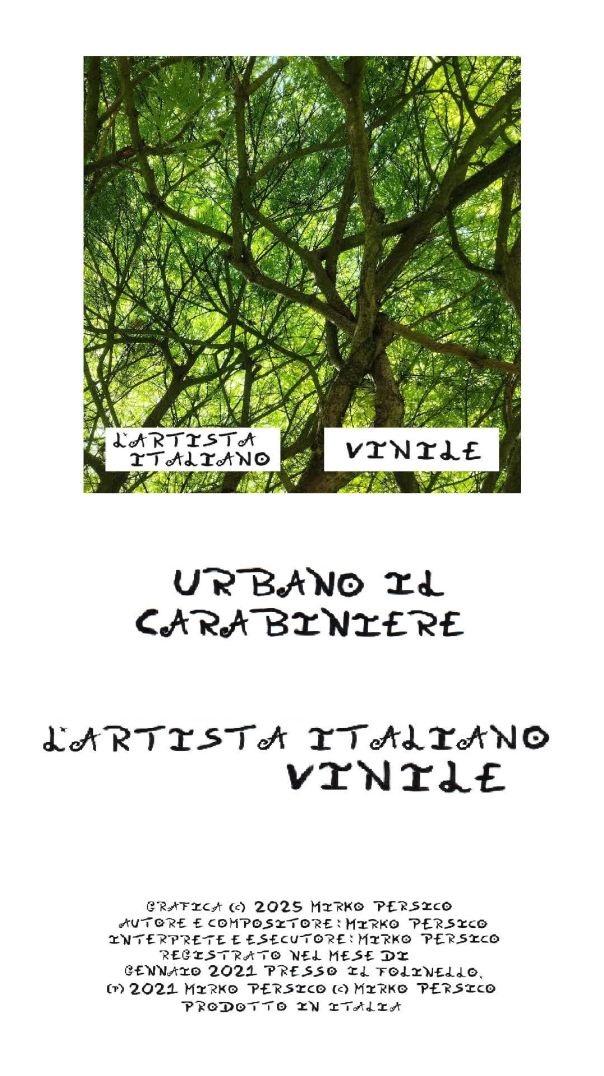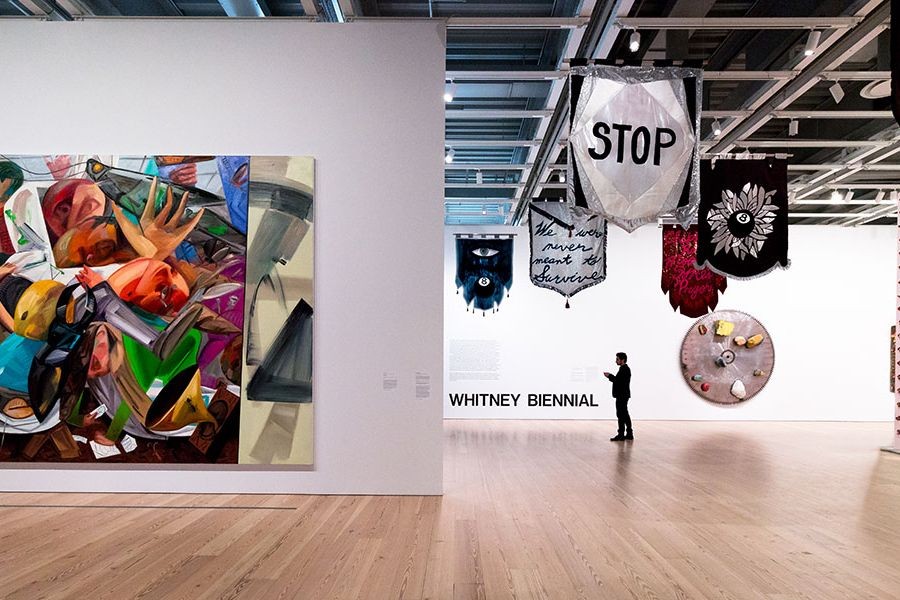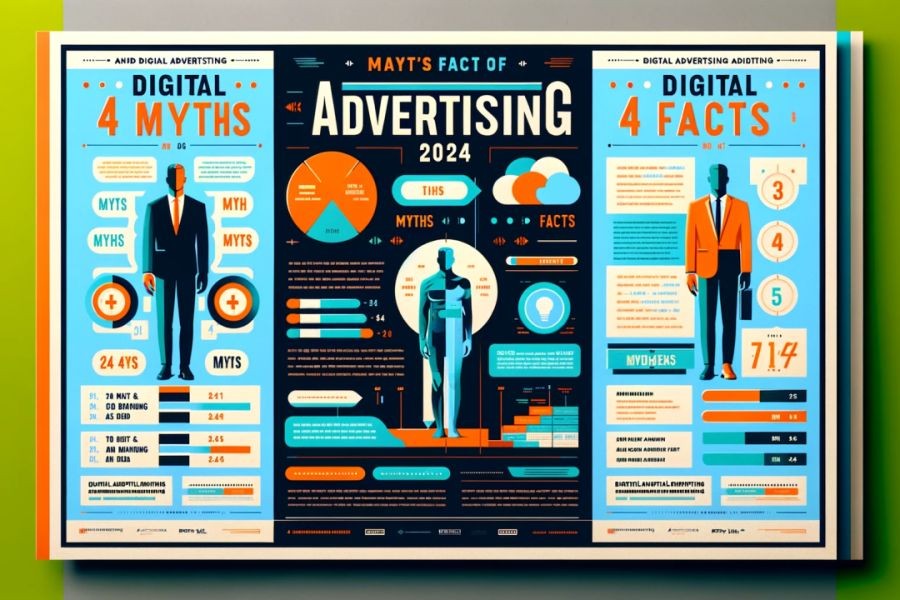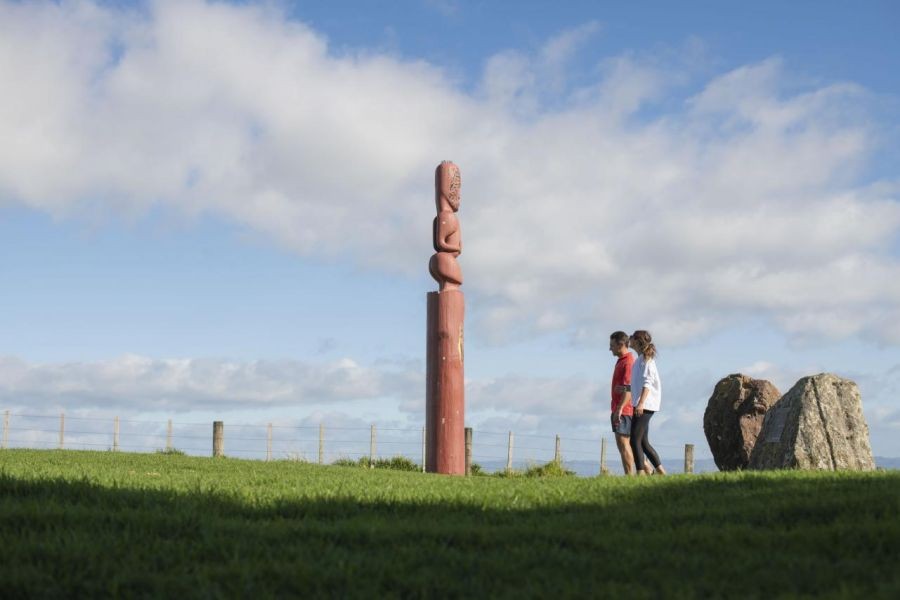New Zealand's art industry is a vibrant tapestry of indigenous Maori culture, contemporary artists pushing boundaries, and a growing market that captures the essence of Kiwi life. As we delve into a comparative analysis of New Zealand’s art scene against the backdrop of the US and Europe, we unearth unique insights and potential growth pathways that could redefine the global art landscape. By integrating local data and real-world examples, this exploration offers a deep dive into the nuances that set New Zealand’s art industry apart while drawing parallels with its international counterparts.
Comparative Analysis: New Zealand vs. US and Europe
New Zealand’s art industry is characterized by its deep-rooted connection to indigenous Maori culture, which is celebrated globally. The exploration of traditional and modern art forms creates a unique blend that is both distinctive and marketable. In contrast, the US art scene is often driven by commercialism and celebrity artists, with a heavy focus on contemporary and modern art forms. Europe, with its rich historical tapestry, offers a mix of classical art and emerging contemporary trends.
The art market in New Zealand, according to Stats NZ, contributed approximately NZD 2 billion to the economy in 2022. While this is modest compared to the US and Europe, where the art market is valued in the tens of billions, New Zealand shows significant potential for growth. The Ministry of Business, Innovation and Employment (MBIE) highlights that the government’s investment in cultural heritage and arts has increased by 20% over the past five years, indicating strong institutional support.
How the Art Industry Works: A Deep Dive
Understanding the mechanics of the art industry involves examining the supply chain from creation to consumption. In New Zealand, the emphasis is on sustainability and ethical production, aligning with global trends towards eco-friendly practices. This approach contrasts with the mass-production models often seen in larger markets like the US.
The US art industry thrives on large-scale exhibitions, art fairs, and digital marketplaces, which provide artists with vast exposure. Europe, with its deep cultural roots, leverages its historical sites and museums to create immersive art experiences. New Zealand, however, focuses on community-based art projects, leveraging local materials and labor, creating a more personalized and sustainable art ecosystem.
Case Study: Toi Māori Aotearoa – Celebrating Indigenous Art
Problem: New Zealand's indigenous Maori art needed a platform to thrive within the global market, facing challenges of visibility and commercial viability.
Action: Toi Māori Aotearoa, a national organization, was established to promote Maori artists through exhibitions, residencies, and international collaborations. They implemented a strategy of cultural authenticity combined with contemporary practices to reach wider audiences.
Result: Within five years, Maori art sales increased by over 35%, as reported by Creative New Zealand. International exhibitions in London and New York have also expanded market reach, with Maori art now being featured in major art festivals globally.
Takeaway: By combining traditional art forms with contemporary appeal, indigenous art can gain significant traction in global markets. This model offers a blueprint for other indigenous communities worldwide.
Common Myths & Mistakes in the Art Industry
Myth: "Only well-known artists can succeed internationally."
Reality: Emerging artists with unique perspectives, like those in New Zealand, are gaining international acclaim through social media and online platforms, proving that authenticity resonates more than fame.
Myth: "Art cannot be eco-friendly."
Reality: New Zealand artists are leading the way in sustainable practices, using recycled materials and eco-friendly processes, demonstrating that art can be both beautiful and environmentally responsible.
Myth: "Art is a niche market with limited economic impact."
Reality: With increasing government support and international interest, New Zealand’s art market is poised for growth, contributing significantly to the cultural and economic landscape.
Future Trends & Predictions
The future of New Zealand’s art industry is promising, with several trends indicating potential growth:
- Digital Transformation: By 2025, 60% of New Zealand's art sales are predicted to occur online, driven by platforms that offer virtual tours and digital showcases (Source: Deloitte Art Market Analysis 2023).
- Increased Global Collaborations: Partnerships with international art institutions are expected to double, providing New Zealand artists with greater exposure and opportunities.
- Sustainable Practices: As global awareness of environmental issues grows, New Zealand's focus on eco-friendly art will likely become a major selling point, attracting ethically conscious collectors.
Conclusion: New Zealand’s Art Industry on the Global Stage
New Zealand's art industry, with its unique blend of traditional Maori culture and contemporary innovation, stands poised to make a significant impact on the global stage. By embracing sustainable practices and leveraging digital platforms, Kiwi artists are not only preserving their cultural heritage but also redefining the art market's future. As New Zealand continues to foster creative talent and expand its reach, the art industry is set to become a cornerstone of its cultural and economic landscape.
What do you think? How will New Zealand’s art industry evolve in the next decade? Share your thoughts below!
People Also Ask
How does New Zealand’s art industry impact its economy? The art industry contributed approximately NZD 2 billion to New Zealand's economy in 2022, offering employment and cultural tourism opportunities.
What are the biggest misconceptions about New Zealand’s art industry? A common myth is that only well-known artists can succeed internationally. However, New Zealand's emerging artists are gaining acclaim, proving that authenticity resonates more than fame.
What future trends will shape New Zealand’s art industry? Digital transformation, increased global collaborations, and sustainable practices are key trends expected to drive growth in New Zealand’s art market.
Related Search Queries
- New Zealand art industry trends
- Maori art global impact
- Eco-friendly art practices NZ
- Online art sales New Zealand
- Future of art market New Zealand
- Digital transformation in art industry
- New Zealand art exports
- Art collaborations New Zealand
- Sustainable art practices
- Indigenous art market trends






























